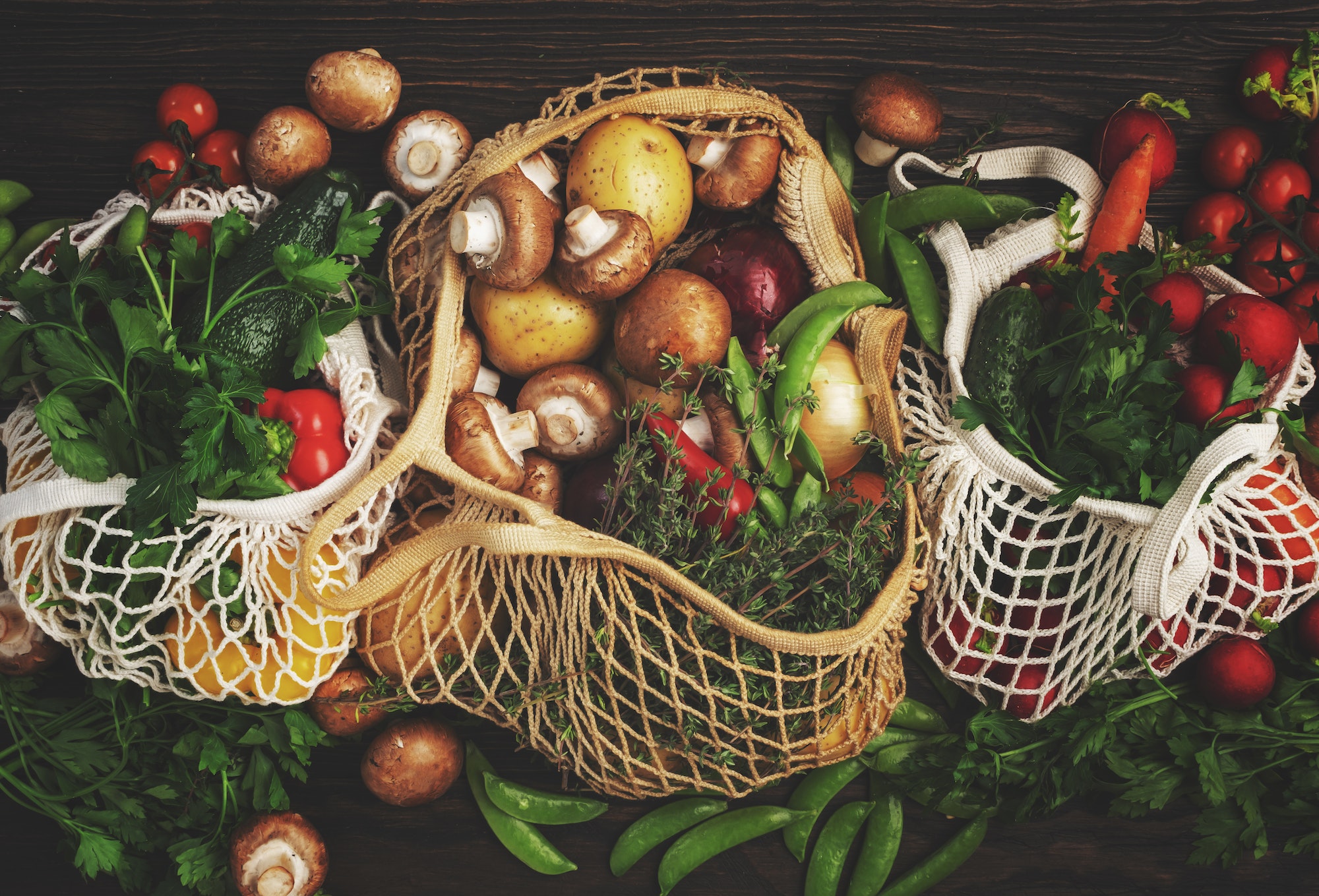The increasing awareness of climate change and the need for sustainable practices in various industries has led to a renaissance in the culinary world. Seasonal and local ingredients have become the cornerstone of sustainable luxury dining, as chefs and restaurateurs strive to reduce their carbon footprint and support local communities. This article will explore how seasonal and local ingredients contribute to sustainability in luxury dining, as well as some of the innovative practices that are being adopted by chefs and restaurants worldwide.
One of the most significant benefits of using seasonal and local ingredients is the reduction in transportation-related emissions. Shipping produce from across the globe contributes to a large portion of greenhouse gas emissions, which are known to exacerbate climate change. By sourcing ingredients locally, restaurants can help minimize their carbon footprint while also supporting local farmers and producers. This not only promotes environmental sustainability but also encourages economic growth within the community.
In addition to reducing transportation emissions, seasonal ingredients also require fewer resources to grow, as they are cultivated during their natural growing season. This means that they typically do not require artificial heating or cooling systems, which can be energy-intensive and contribute to pollution. Furthermore, seasonal produce is often more nutrient-dense and flavorful, as it is harvested at its peak ripeness. This results in a superior dining experience for guests, who can enjoy fresh, vibrant flavors while knowing that they are supporting sustainable practices.
Many luxury restaurants have embraced the farm-to-table movement, which emphasizes the use of fresh, locally sourced ingredients. These establishments often work closely with nearby farms and producers to ensure that they receive the highest quality products while also fostering relationships with those in their community. Some restaurants even maintain their own gardens or partner with local farms to grow produce specifically for their menus.
One example of a restaurant embracing sustainable practices through local sourcing is Blue Hill at Stone Barns, located in Pocantico Hills, New York. This renowned establishment sources most of its ingredients from the surrounding Stone Barns Center for Food and Agriculture, as well as other nearby farms. The menu changes daily based on the availability of fresh, seasonal ingredients, and the restaurant’s commitment to sustainability has earned it numerous accolades, including multiple James Beard Awards.
Another innovative approach to sustainable luxury dining is the rise of zero-waste restaurants. These establishments focus on minimizing food waste by utilizing every part of an ingredient and repurposing scraps that would typically be discarded. This not only reduces the environmental impact of food waste but also encourages chefs to think creatively about how they can incorporate these often-overlooked components into their dishes.
A notable example of a zero-waste restaurant is Silo in London, which prides itself on its commitment to sustainability. The restaurant sources local ingredients whenever possible and mills its flour, churns its butter, and even brews its own drinks on-site. Any remaining food waste is composted using an aerobic digester, which transforms it into water and fertilizer for local farms.
In conclusion, the use of seasonal and local ingredients is a key factor in promoting sustainable practices within the luxury dining industry. By reducing transportation emissions, supporting local communities, and minimizing food waste, these establishments are setting an example for others to follow. As more restaurants embrace this approach, diners can enjoy exceptional culinary experiences while also contributing to a healthier planet.

